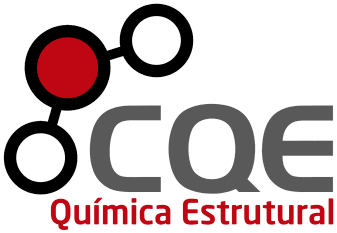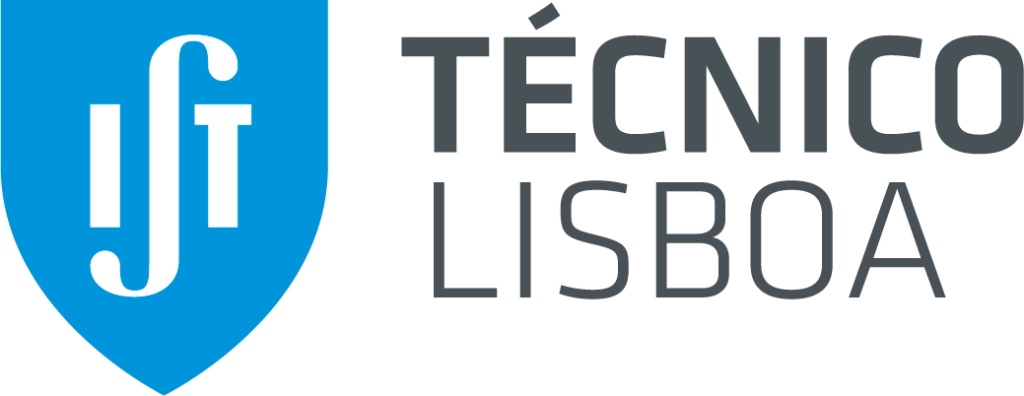Digital Catalysis Research Group
DigiCat advances digital catalysis by openly sharing tailored tools for optimizing catalytic processes from atom to process. We bring together advanced physical models and cutting-edge ML and AI to derive knowledge from data.
Research
Papers2Data
Powering catalysis informatics with augmented data
Data2Catalyst
Designing ready-to-synthesize catalysts
Catalyst2Process
Optimizing catalyzed processes from atom to plant, from economics to socio-ecological impact.
People
Daniel Costa
PhD student - Papers2Data and Data2Catalysts
Heterogeneous Catalysis - Machine Learning - Data Extraction - LLMs (Large Language Models)
Arij Ben Hassine
PhD student - Catalyst2Process
Sustainable Aviation Fuels - Catalytic Hydroconversion - Kinetic Modeling - Mixture Effects
Thomas Hietala
PhD student - Catalyst2Process and Data2Catalysts
Multi-Scale and Multi-Objective Optimization - Sustainable Catalysts - Machine Learning
Estevão Tibúrcio
PhD student - Catalyst2Process
Heterogeneous Catalysis - Natural Gas Dehydration - Adsorption Separation Process - Modeling Industrial Operational Problems - Adsorbent Aging
Matilde Viegas Ferreira
PhD student - Catalyst2Process
CCU - Multiscale modelling - Superstructure optimization - Machine Learning
Rita Seródio
PhD student - Data2Catalyst
Additive Manufacturing - Injection Molding - Fused deposition modeling - Bioplastics Natural fibers - Machine learning
Rita Assis Dos Santos
Intern - Papers2Data
LIMS (Laboratory Information Management System) - ELN (Electronic Lab Notebook)
Bárbara Sequeira
MSc student - Data2Catalyst
Catalyst Synthesis - Machine Learning - Data and Model Impact
Carolina D'Oliveira
MSc student - Data2Catalysts
Green solvents - Data analysis - Machine Learning - Sustainability
Alumni
Publications
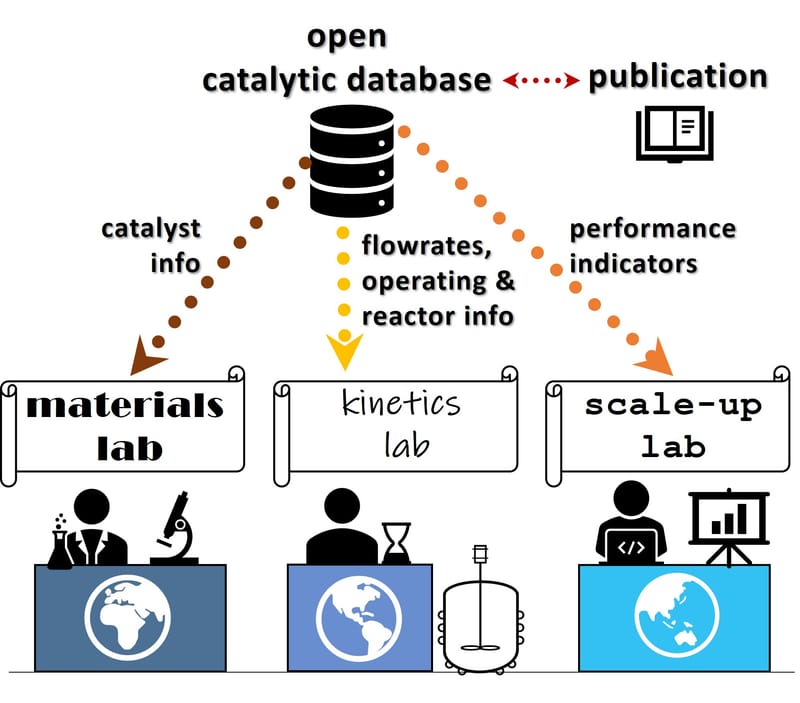
Open data in catalysis: from today's big picture to the future of small data
Guidelines on how to maximize the usefulness of data sharing and on how to make use of catalysis informatics tools to extract key information.
Learn More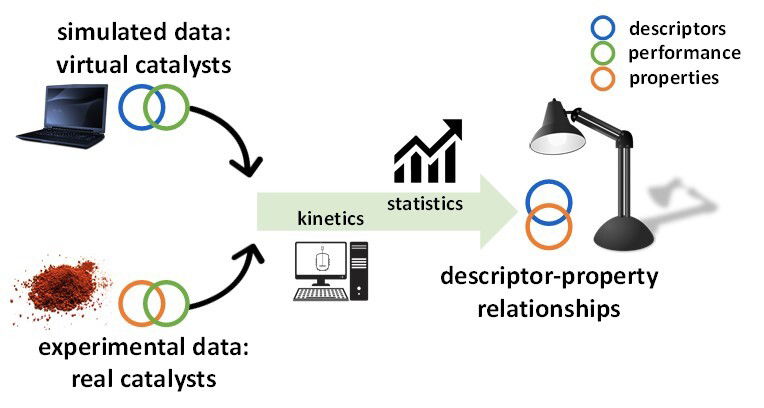
Descriptor-property relationships in heterogeneous catalysis: Exploiting synergies between statistics and fundamental kinetic modelling
By combining statistical machine learning methods with microkinetics modelling, the impact of catalyst properties on performance. Thereby, qualitative guidelines for designing more performant OCM catalysts were inferred.
Learn More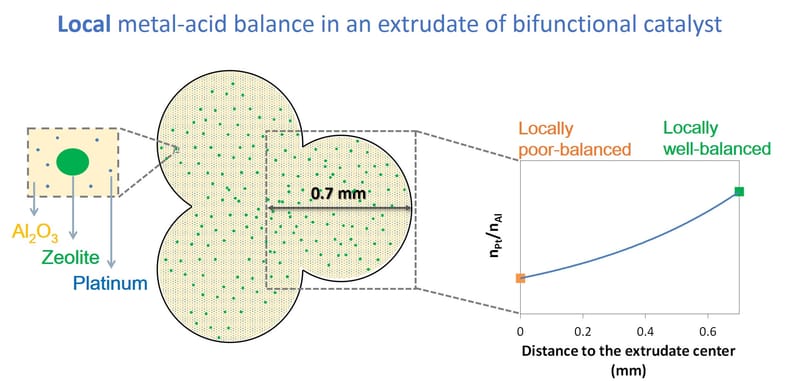
From powder to extrudate zeolite-based bifunctional hydroisomerization catalysts: on preserving zeolite integrity and optimizing Pt location
The impact of scale-up in bifunctional catalysts was unveiled. Zeolite properties can now be kept and Pt location optimized to maximize catalyst performance.

Open data in catalysis: from today's big picture to the future of small data
Guidelines on how to maximize the usefulness of data sharing and on how to make use of catalysis informatics tools to extract key information.
Learn More
Descriptor-property relationships in heterogeneous catalysis: Exploiting synergies between statistics and fundamental kinetic modelling
By combining statistical machine learning methods with microkinetics modelling, the impact of catalyst properties on performance. Thereby, qualitative guidelines for designing more performant OCM catalysts were inferred.
Learn More
From powder to extrudate zeolite-based bifunctional hydroisomerization catalysts: on preserving zeolite integrity and optimizing Pt location
The impact of scale-up in bifunctional catalysts was unveiled. Zeolite properties can now be kept and Pt location optimized to maximize catalyst performance.
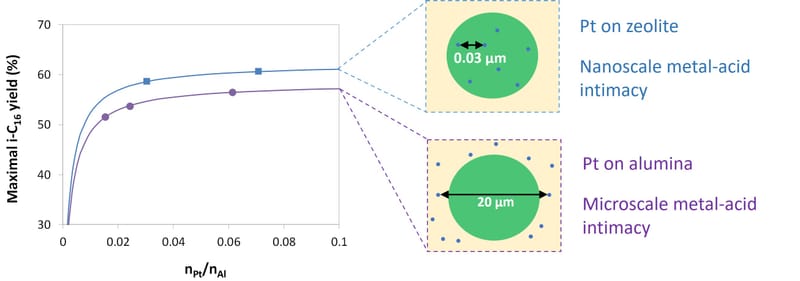
Bifunctional Intimacy and its Interplay with Metal-Acid Balance in Shaped Hydroisomerization Catalysts
For shaped, industrial-like catalysts, the simultaneous requirement for nanometric metal-acid sites intimacy and adequate metal-acid balance was established. Only by optimizing these two key properties, maximal catalytic performance can be achieved
Learn MoreOpen resources
Alumni
Leonor Frazão
Leonor carried out her master thesis at DigiCat on "Getting insights into zeolites via Machine Learning: on the post-synthesis impact on properties" in 2023. Learn more about her thesis in the link below.
Helena Vendas
Helena carried out her master thesis at DigiCat on "Automating Droplet Recognition in Liquid-Liquid Extraction: a Tailored Circle Detection Method", under joint supervision of Catarina Barata (DEEC-IST), in 2023. Learn more about her thesis in the link below.
Diogo Vilela
Diogo carried out his master thesis at DigiCat on "Optimizing Local Electrical Energy Balances in Portugal", under joint supervision of Henrique Matos (DEQ-IST), in 2024. Learn more about his thesis in the link below.
Fandiawar Ly
Fandiawar carried an intership at DigiCat in which she worked on "Machine learning property prediction for an ASTM-compliant Sustainable Aviation Fuel" in 2024.
Mya Chalat
Mya carried out an intership at DigiCat in which she worked on "Development of techno-environmental KPIs for a PLA production plant" in 2024.
Contact us
- Avenida Rovisco Pais 1, Lisboa, Portugal

